For better or for worse, I am a person of extremes. In fact, if I had a life motto (and perhaps this goes to show that I do), it would be “moderation is for cowards.” I like to either do a thing and do it fully, or not do it at all. This characteristic permeates almost every aspect of my life. I think it is perhaps most evident, at least to those who know me well, in my appetites for information and stories that will deepen my understanding of human wellness (second only to good red wine and well-cooked steak). It is with this in mind that I got the idea to write a blog about the top six books that every athlete - and human - should read (and yes, I know that top five has a nicer ring to it, but I simply couldn’t cut any of these books from the list). So, without further ado, I would like to give mention to these six books, along with a description and a meaningful quote. I hope I can inspire you to read even one of these, if not all of them, in an attempt to make you a happier, healthier, and perhaps even a more thoughtful human being.
ATHLETE SPOTLIGHT: Kaz Todd
I love how supportive and understanding Caitlin is. She is always checking in to make sure I stay on track, giving positive feedback, and reassuring me when I feel like things aren’t progressing as quickly as I want them to. The accountability helps keep me motivated to hit my numbers. And Caitlin understands that sometimes life takes over and there will be setbacks, but she helps me refocus and keep driving forward. I feel like my plan is definitely personalized to help me reach my own personal goals, both performance, and aesthetics.
What Should My Rest Day Look Like?
One of the most frequently asked questions that I get from my athletes is, “What should my rest day look like?” The confusion is understandable. As it seems to be with almost everything, the internet is full of conflicting information on the subject. Over the years of coaching and competing, reading articles and books, and attending lectures and seminars, I have compiled a list of rest day do’s and don'ts. I will share some of these with you below and provide some explanation.
Case Study: Deciding To Commit
Lean Mean Green Health exists with the goal of helping athletes with nutritional support, information, guidance, and accountability in order to help them achieve their goals. Each athlete is different, not only in body type but also in their athletic endeavors and personal goals. The endless combinations of pursuits, priorities, goals, individual circumstances and body types are what can make nutrition programming so crucial for personal success and achievement. The following is an example of one athlete’s unique successes and achievements, stumbling blocks, and lessons.
Meet Jerry.
Jerry is a 26-year-old med school student and former collegiate football player. He stands over six feet tall, and when you look at him there is no doubting the fact that he is a powerful and capable athlete. When you see Jerry in person, you can’t help but feel that at any second he could break into a dead sprint, or lift a tractor tire onto a trailer, and it wouldn’t phase him at all. But even as capable and strong as Jerry was when we first met, he knew he was capable of more.
Jerry and I first crossed paths because we teamed up for a local CrossFit competition. We were competing with 8 other men and women for Grey Matter Strength, an online training program with the focus of creating well-rounded and high-performing athletes. At 240-250 pounds, Jerry was a dangerous competitor and an asset to the team, but his bodyweight movements, gymnastics movements, and aerobic workouts weren’t quite as good as they could have been. Jerry started to think that, if he leaned out while continuing to follow the Grey Matter Strength programming, he could up his game to be competitive in every aspect of the sport. This thought was solidified shortly after when Jerry was at another CrossFit competition. Although Jerry was able to shine in many of the workouts and movements, this particular competition had a heavier focus on gymnastic movements, and Jerry struggled to perform for his team in the ways that he wanted.
That’s when Jerry decided to commit.
Dedication is a natural part of Jerry’s personality and character. He is a dedicated student, on his way to becoming a successful doctor. He is a dedicated athlete, from high school sports through college football to a high-performing CrossFit athlete. Jerry knew that the missing piece was somewhere in his dedication to, and knowledge of, his nutrition. Up until this point, Jerry had told himself, “As long as I hit my calorie goal and eat enough protein, I’ll be ok.” Since there is very little inherent nutrition education in medical school, he did not yet understand that caloric consumption should simply be a byproduct of targeted macros. Due to this, Jerry was surprised to find that he would be eating much more food than he had been previously, once he started his personalized program. Although this felt counterintuitive, Jerry soon found that since he was now eating the right kinds of foods in the right quantities, he was simultaneously losing fat, gaining muscle, increasing energy, and feeling more full. Jerry had a goal of getting his bodyweight down to below 230 pounds, and he was able to achieve this goal - while gaining muscle - within the first 10 weeks.
“…I also notice that, on the days that I don’t have enough food with me, I feel much more dialed into the nutrition of the options that are available.”
This doesn’t mean it hasn’t been hard work.
Jerry’s life tends to follow a certain pattern - Wake up, study, eat, med school, eat, workout, eat. This might seem easy enough to manage, but Jerry has to work hard in order to make sure that he has the right amounts of the right kinds of foods ready to go before he starts his day. Jerry has had to learn through trial and error that it’s hard work to be on campus all day, and still have his meals and snacks planned out in order to fuel his body correctly. He told me recently, “Before starting the macros program, I would just buy snacks at school when I was hungry. Now I know that I have to bring my food with me. I also notice that, on the days that I don’t have enough food with me, I feel much more dialed into the nutrition of the options that are available.” Jerry has also learned that if he wants to feel 100% for his Grey Matter Strength workouts, and still be able to eat a satisfying dinner, it takes a lot of planning and preparation. He has to make sure that he can eat every few hours so that he’s never too hungry or too full.
“It got harder after the first 10 weeks because I had already hit my initial goals.”
For Jerry, this is just the beginning.
He has learned that some weeks are easier than others to stay diligent and motivated about his food. He told me, “It got harder after the first 10 weeks because I had already hit my initial goals.” In order to keep motivated, Jerry has had to learn a few tricks, such as logging his food ahead of time and making sure he has quality food choices with him whenever he can. He has also continued to set goals for himself, which help keep him on track long-term.
Jerry has two years left in med school, and in those two years, he wants to do as well as he can in CrossFit. Jerry wants to be able to qualify for, and compete in, the CrossFit Sanctionals before going into his residency. From there, he knows that his athletics might have to take a back seat for a while, but he wants to use his nutrition and his programming to maintain as much of his athleticism as possible. From there, Jerry looks forward to getting right back into competition, this time with his eye on the Masters division.
Bottom Line… Eat Your Protein.
Chances are that if we work together on nutrition, whether your focus is on quality macronutrients or food quality alone, you have heard me talk about the importance of eating enough protein. In fact, although I think it is important to hit all of your macronutrient and micronutrient goals, protein is the most important of all. There are many reasons why you should eat enough protein, too many to fit into one blog. That being said, if I condense all of the reasons down, I end up with three main categories of why I feel so strongly about the subject. Conveniently, these reasons happen to perfectly coincide with the three goals I discuss with my clients before and while working together.
The Importance of Nose Breathing
Endless books could be written on the science and importance of nose breathing. In fact, they have been. Around 1500 BCE, the Ebers Papyrus, one of the oldest medical texts ever discovered, offered a description of how nostrils, not the mouth, were supposed to feed air to the heart and lungs. From there, countless texts have outlined this idea and the science behind it. While I am no expert on the subject, I have become fascinated with a book that has helped bring this subject to my attention, and which goes into great details on the subject of nose-breathing and breath in general. I highly recommend reading or listening to this book, which is appropriately called Breath, by James Nestor.
The Best Sports and Activites to Supplement CrossFit
The goal of Lean Mean Green Health is to work with athletes in order to help them attain their goals as quickly and easily as possible. Not only do my clients’ goals vary broadly, but so do their physical pursuits and passions. I wouldn’t have this any other way - I love working with athletes of all backgrounds, sizes, shapes, and endeavors - but it is also true that a large percentage of my clients come from the CrossFit community.









